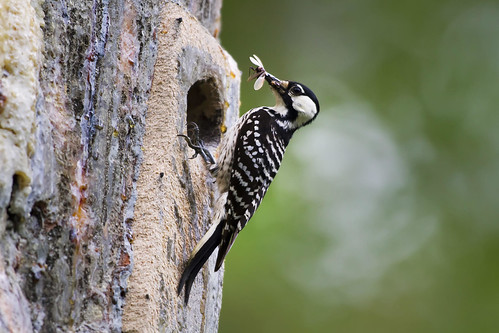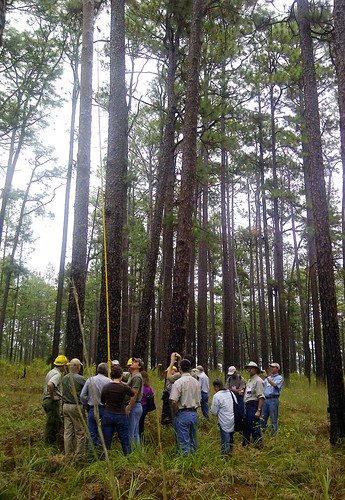
Amid rising numbers of at-risk wildlife in the South, a new report from the American Forest Foundation (AFF) revealed private and family landowners in the South offer a solution to help at-risk wildlife species.
Southern forests rank at the top in terms of biodiversity when measured by the number of wildlife and plant species. But, due to a variety of reasons, a significant number of the South's wildlife species are at risk. The reasons include: forest conversion to non-forest uses such as strip malls and commercial expansion; fragmented waterways; natural fire suppression; and an influx of invasive species.
Currently, there are 224 forest-dependent species listed as endangered or threatened. And an additional 293 species could be listed in the near future through a candidate and petitioned process.
At the same time, these Southern forests are some of the most productive, supplying raw material for consumer wood products worldwide. They also supply nearly 1.1 million people in rural communities with jobs.
According to the report, Southern Wildlife at Risk: Family Forest Owners Offer a Solution, family landowners, who own more than 58 percent of forests in the South, are key to providing forested habitat for at-risk species while continuing to fuel the South’s forest economy.
Almost 90 percent of southern landowners say protecting and improving wildlife habitat is the top reason they own land. In addition, 73 percent state they want to do more on their land for wildlife in the future. Landowners cite an uncertainty about whether they are doing right by their land, difficulty finding support and the cost of management, as barriers.
The AFF report highlights it is possible to both protect at-risk wildlife and continue to meet the demands for wood from family lands. The report also found, through a spatial analysis, 35 million areas across the South, where an increase in family and private landowners managing could help protect at-risk species, while providing sustainable wood supplies.
Already projects in these key acre areas are getting started, with a variety of partners, including the American Forest Foundation and the U.S. Forest Service, collaborating. Together the partnerships are conducting outreach to landowners and helping them to connect with trusted resources like foresters and get started managing for wildlife.
According to the U.S. Fish & Wildlife Service, these partnerships have prevented the need to protect more than 70 species across the Southeast. They have also led to improved status or delisting of another dozen species.


